
Romania Animals
Follow the Trail of Wild Nature – Nature Tourism in Romania
Romania, a country known for its stunning landscapes and rich biodiversity, is home to a diverse range of wildlife. From the majestic Carpathian Mountains to the Danube Delta's intricate network of waterways, Romania offers a habitat for a variety of fascinating animal species.
Embark on a journey through the natural world of Romania and encounter some of its most captivating inhabitants. From the elusive Eurasian lynx, which roams the dense forests of the Carpathians, to the graceful red deer that can be spotted in the country's national parks. Keep an eye out for the European brown bear, a symbol of Romania's wilderness, as it forages for food in the remote woodlands. And don't forget to look to the skies, where you may catch a glimpse of the impressive white-tailed eagle soaring above the Danube Delta. Join us as we explore the incredible wildlife that calls Romania home.
Mammals of Romania
In the verdant forests and sweeping landscapes of Romania, one may encounter a rich tapestry of mammalian life. The Carpathian Mountains are a sanctuary for the elusive European brown bear, the wolf, and the lynx, apex predators that roam the dense woodlands. The vast wilderness also provides a haven for the red deer, whose majestic antlers embellish the Romanian fauna, and the roe deer, a more diminutive but equally graceful inhabitant. In the Danube Delta, wild boar forage, while otters play in the waterways. The steppe regions are home to the European ground squirrel, a species that adds a playful charm to the biodiversity of Romania. These mammals, among others, form the intricate web of life that thrives in Romania's varied habitats.
Birds of Romania
Romania, a haven for bird enthusiasts, boasts a rich avifauna, including the impressive White Pelican and Dalmatian Pelican, which grace the Danube Delta. This UNESCO World Heritage site is also a sanctuary for the rare Red-breasted Goose and the elegant Great White Egret. In the Carpathian Mountains, one might spot the Wallcreeper, with its striking crimson wings, or the elusive Ural Owl. The vast Romanian plains are home to the Saker Falcon and the Eurasian Skylark, whose melodic songs embellish the countryside. Meanwhile, the Hoopoe, with its distinctive crown of feathers, can be seen throughout the country, enchanting onlookers with its unique appearance and behavior.
Reptiles, Amphibians
Top Spots for Wildlife Observation in Romania
- The Danube Delta Biosphere Reserve, located in eastern Romania near the Black Sea, is one of the largest and most biodiverse wetlands in Europe. It is a haven for over 300 species of birds, including the rare Dalmatian pelican, white-tailed eagle, and glossy ibis. The reserve is also home to the European otter and a variety of fish species.
- Retezat National Park, nestled in the Southern Carpathians, is known for its rugged mountains and glacial lakes. It is a sanctuary for large carnivores such as the brown bear, gray wolf, and Eurasian lynx. The park also hosts chamois, red deer, and roe deer, as well as numerous bird species like the golden eagle and the capercaillie.
- Piatra Craiului National Park, located in the central part of Romania, is characterized by a long and narrow limestone ridge. This park is famous for its rich biodiversity, including the Carpathian stag, wild boar, and the elusive Eurasian lynx. Birdwatchers can spot the wallcreeper, Ural owl, and the three-toed woodpecker.
- Rodna Mountains National Park, in the northern part of the country, offers a diverse range of habitats from alpine meadows to dense forests. It is home to the brown bear, gray wolf, and the rare Carpathian chamois. Bird enthusiasts can enjoy sightings of the black grouse, hazel grouse, and the impressive golden eagle.
- Călimani National Park, also in the northern region, is known for its volcanic landscape and vast coniferous forests. Wildlife here includes the brown bear, Eurasian lynx, and the wildcat. The park's avian population features the black stork, the Eurasian eagle-owl, and the rare white-backed woodpecker.
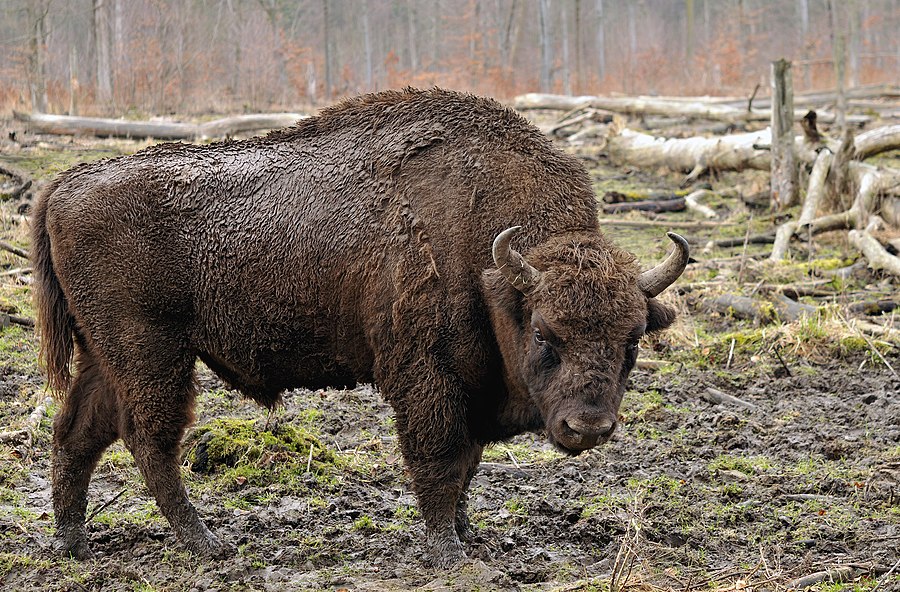
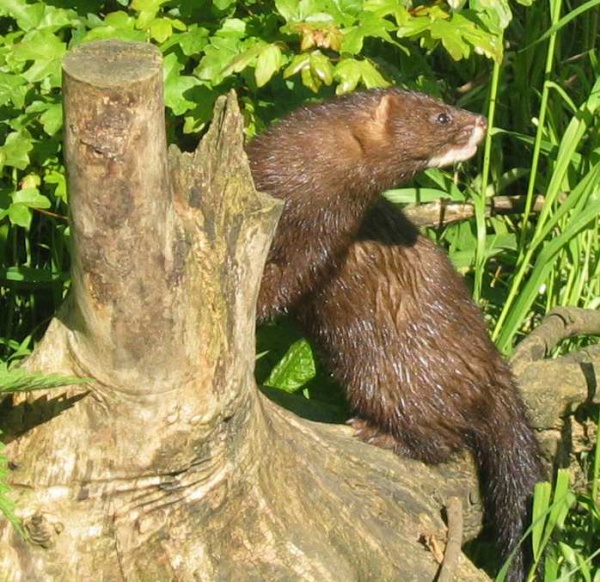
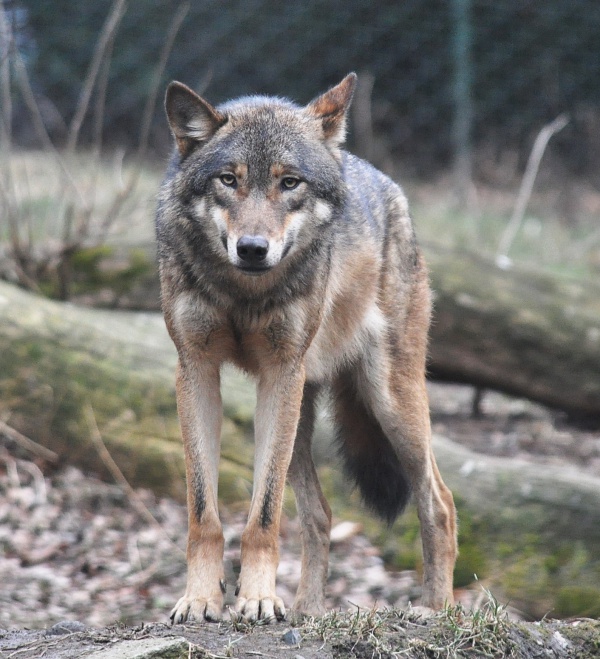
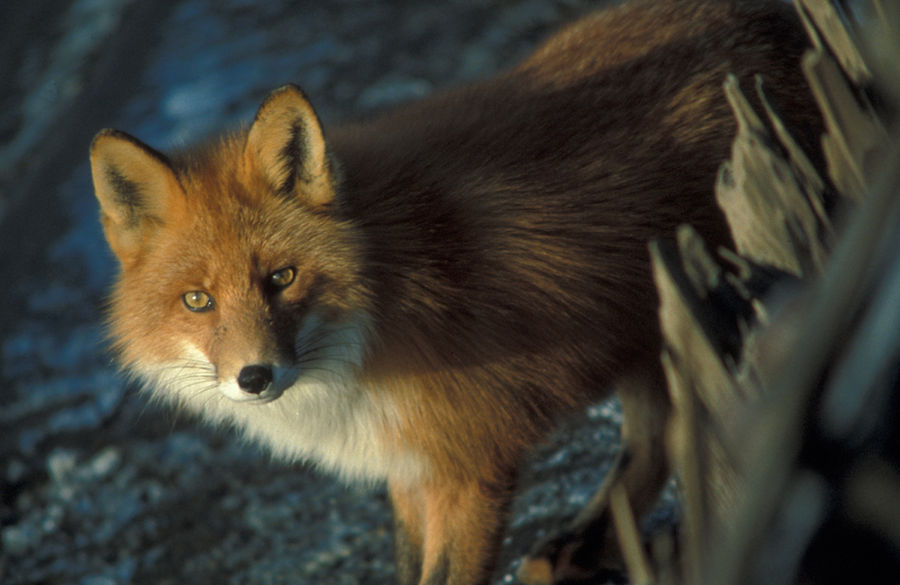
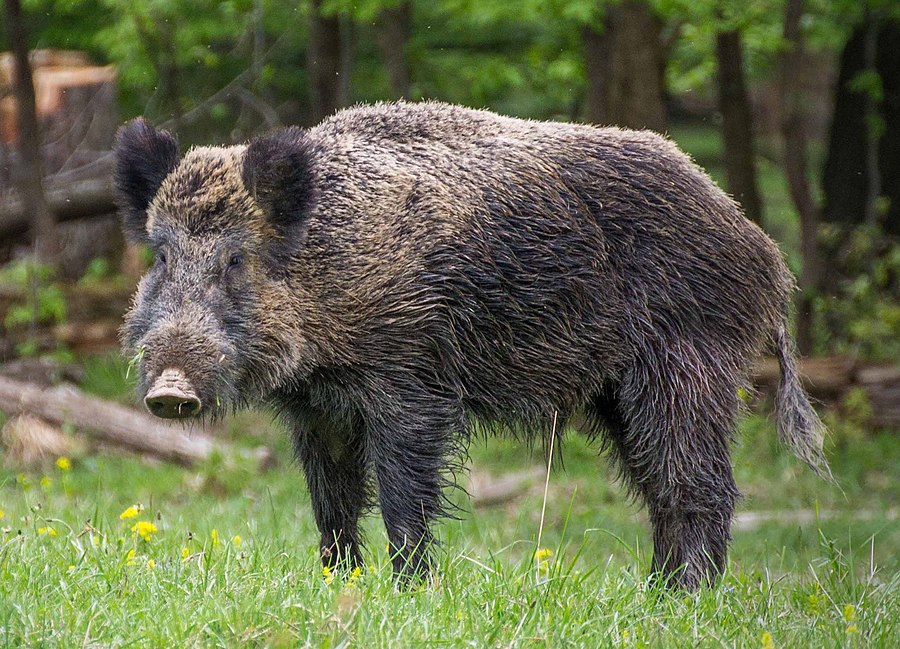
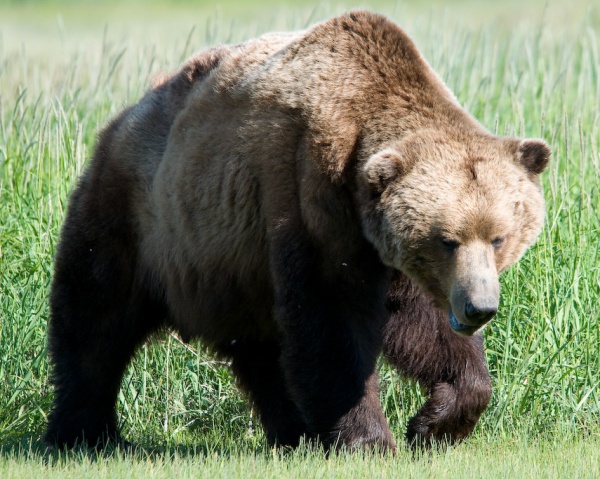
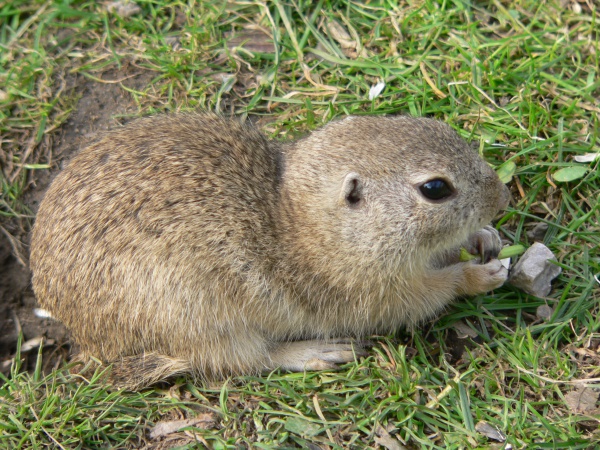
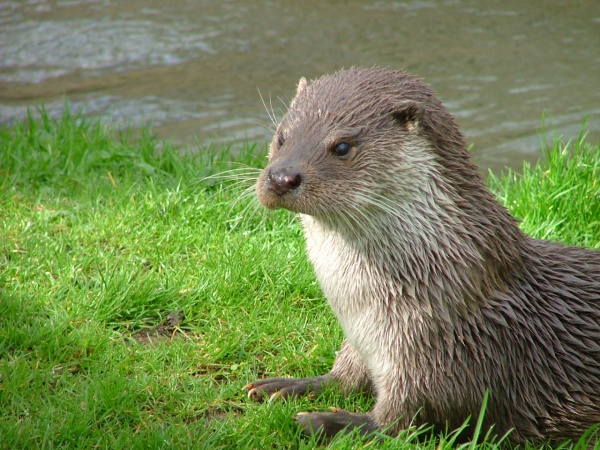
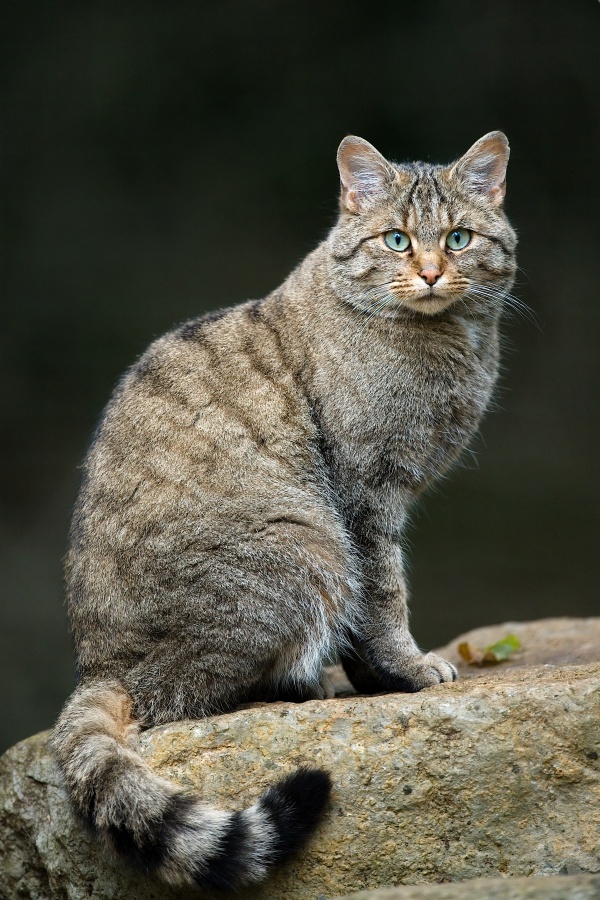
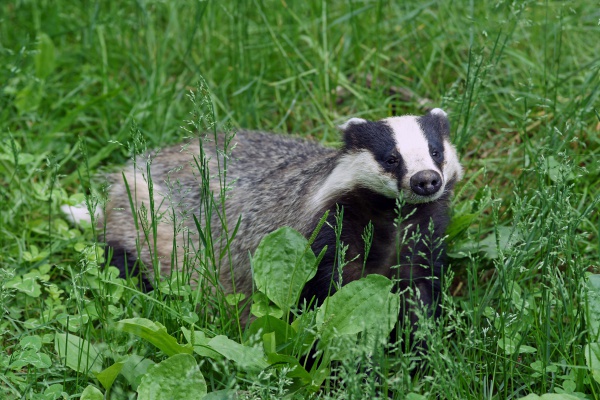
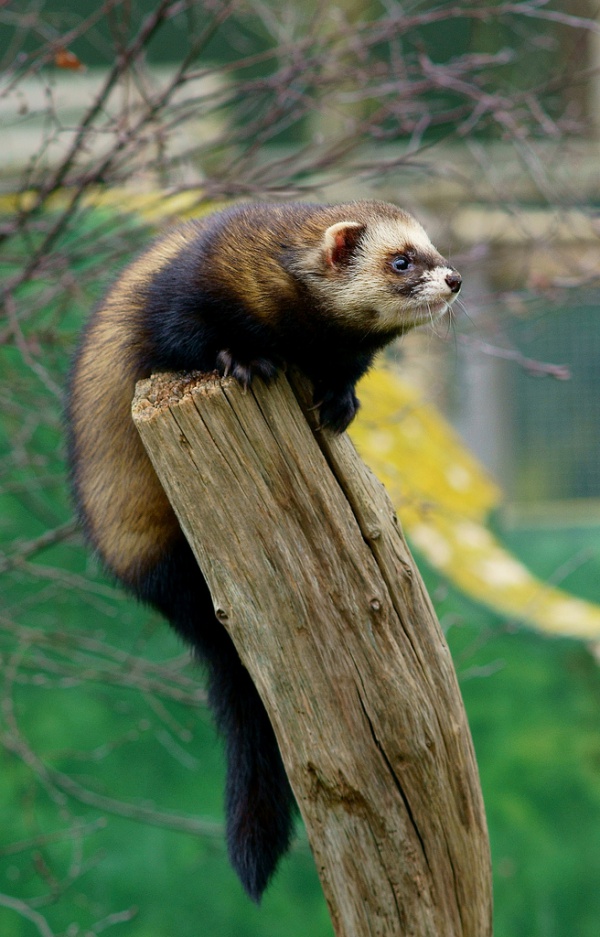
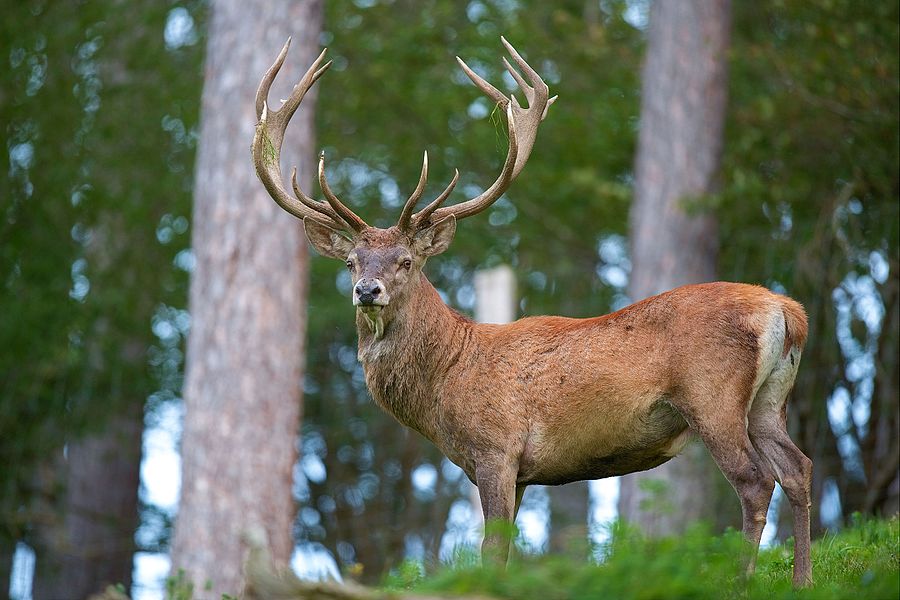
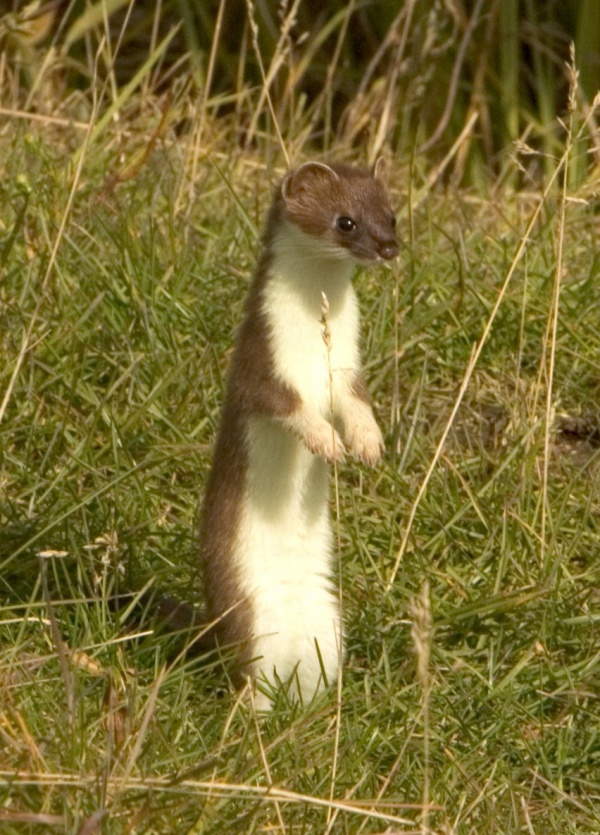
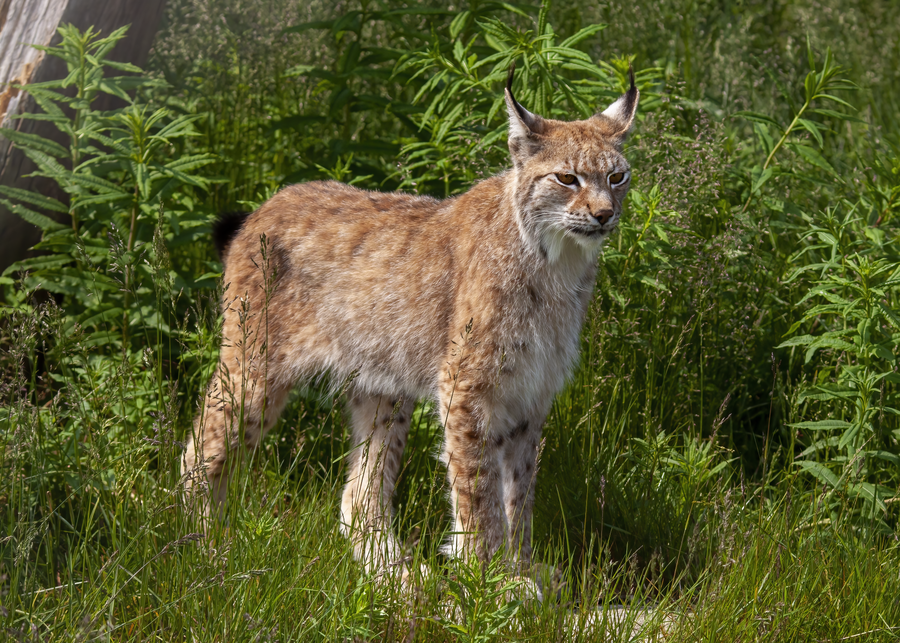
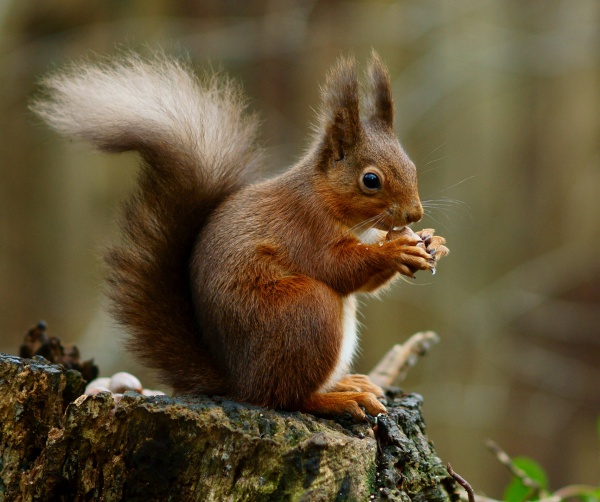
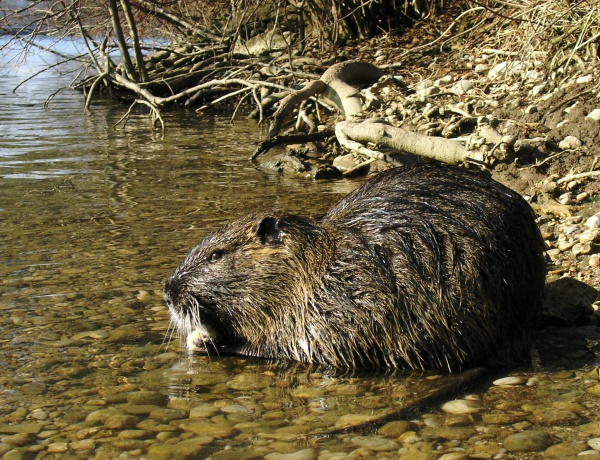
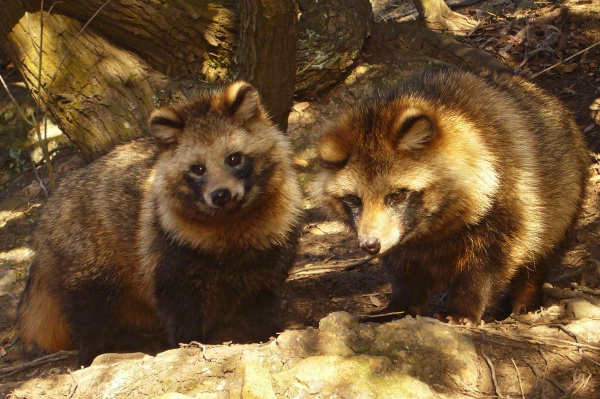
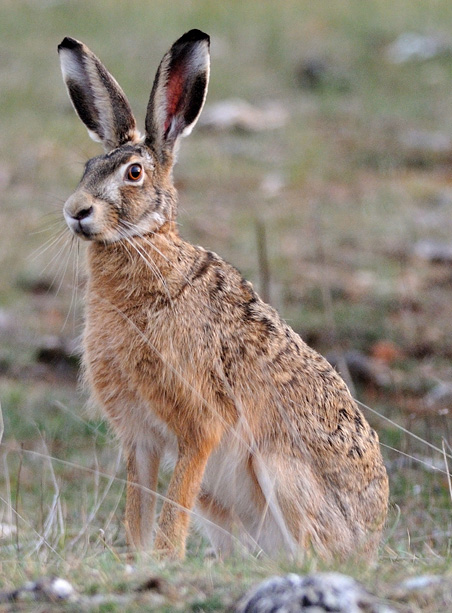
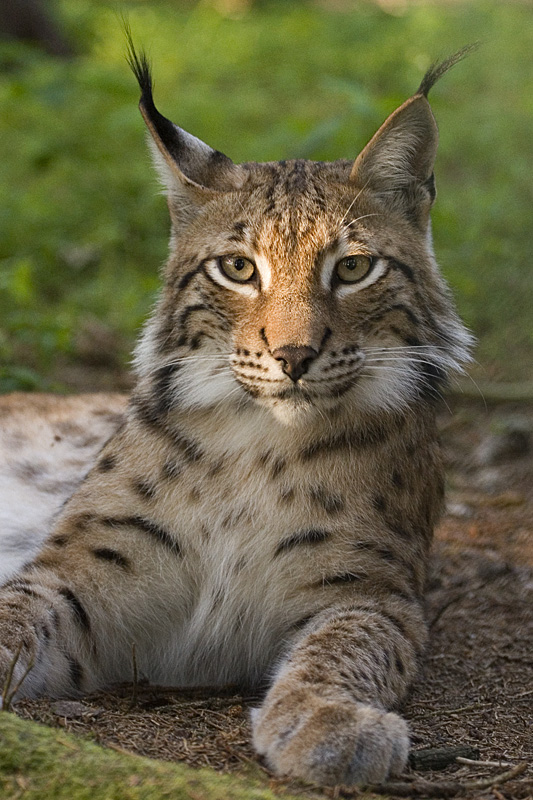
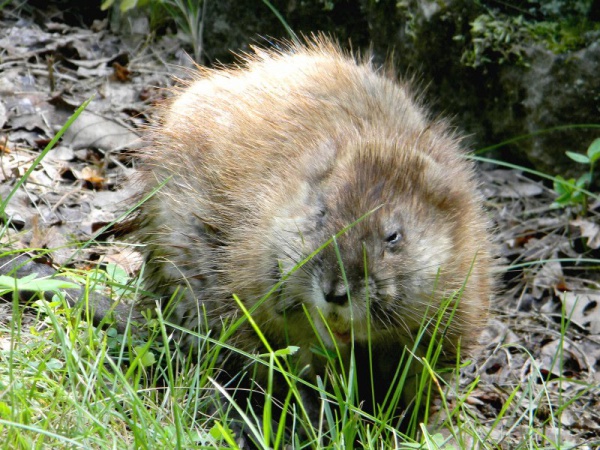
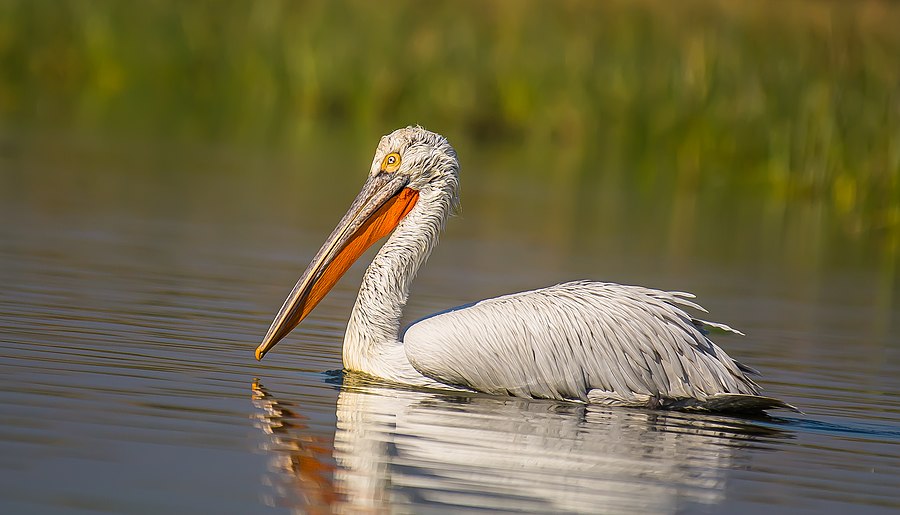
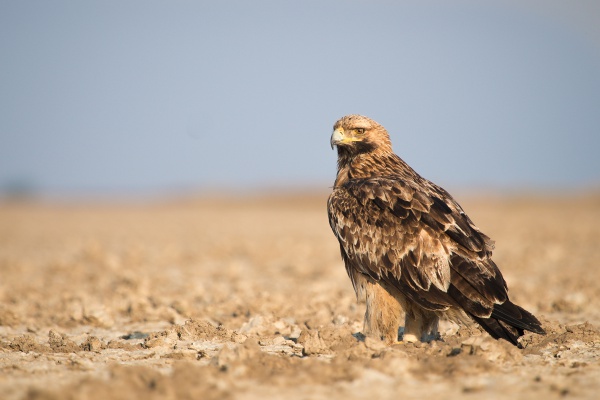
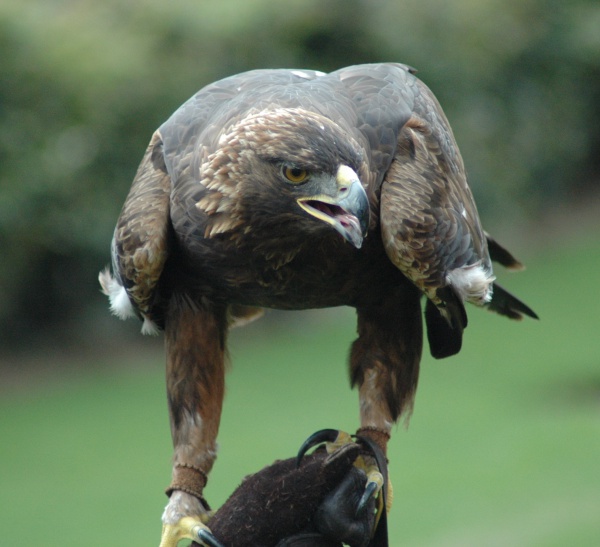
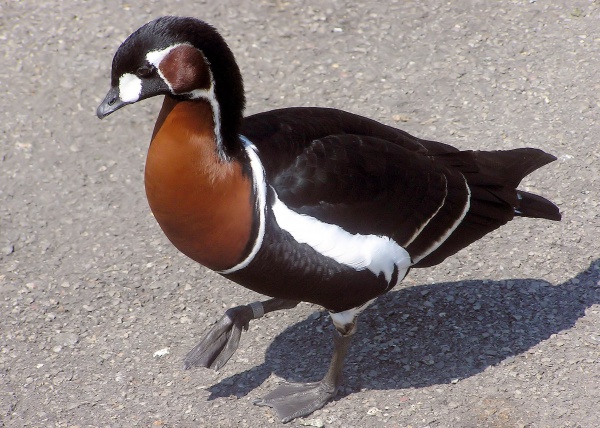
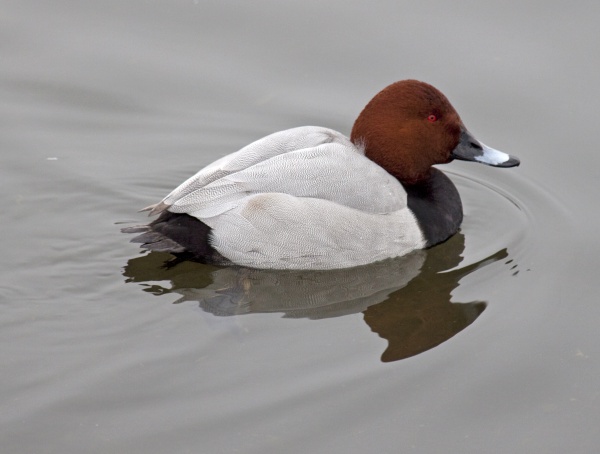
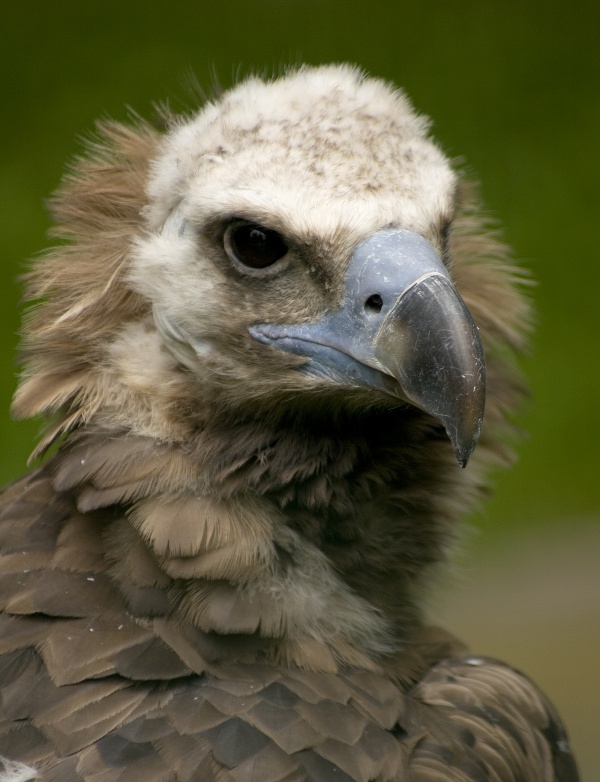
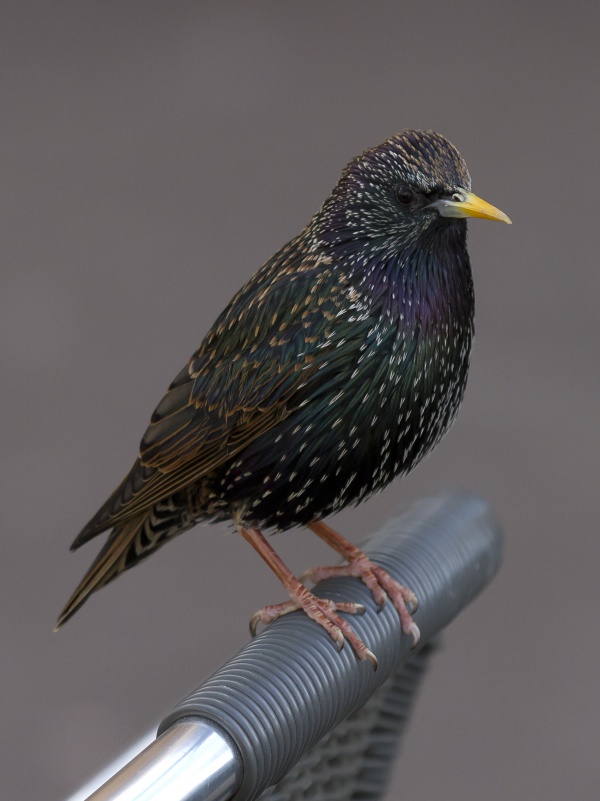
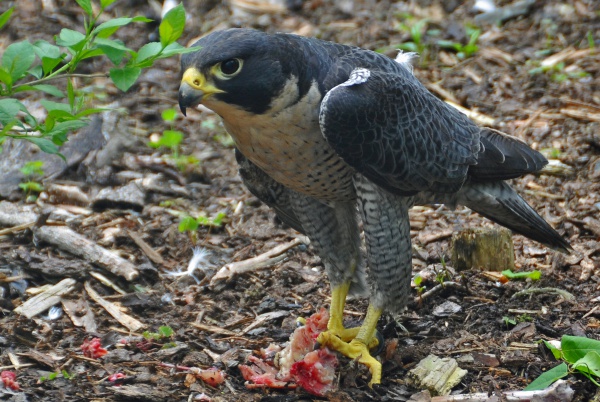
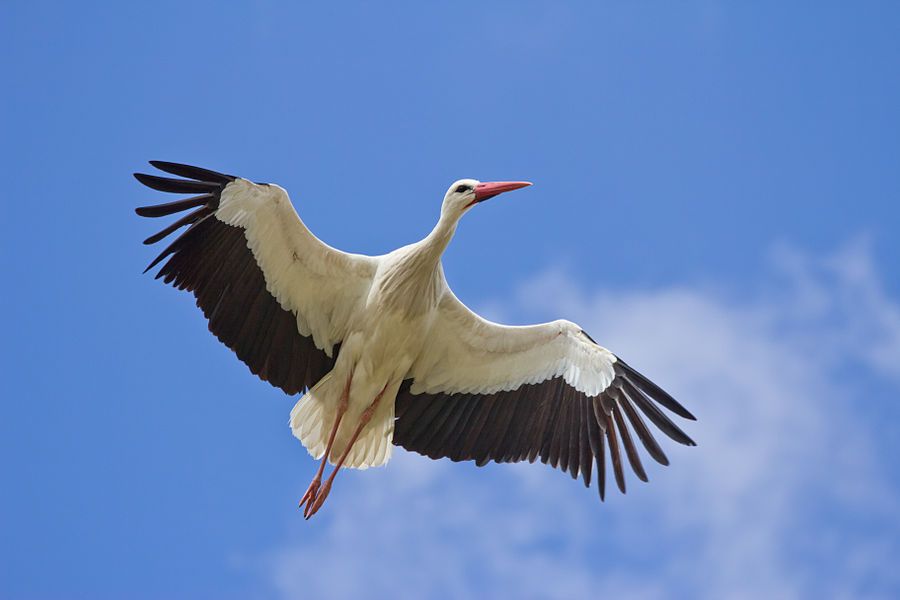
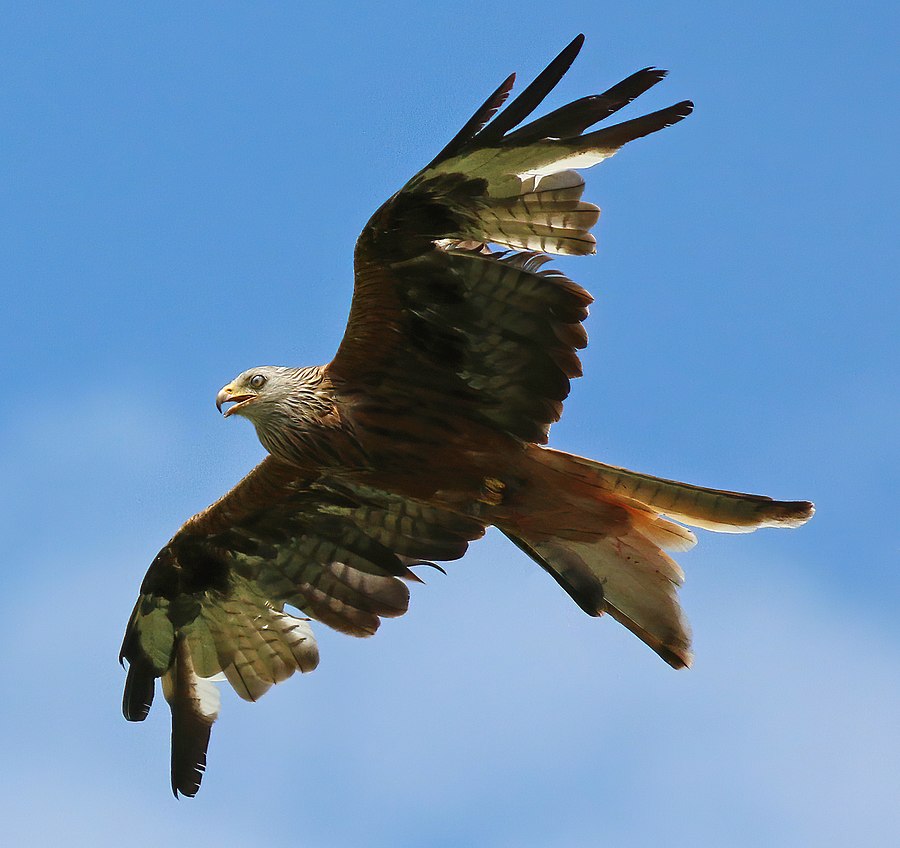
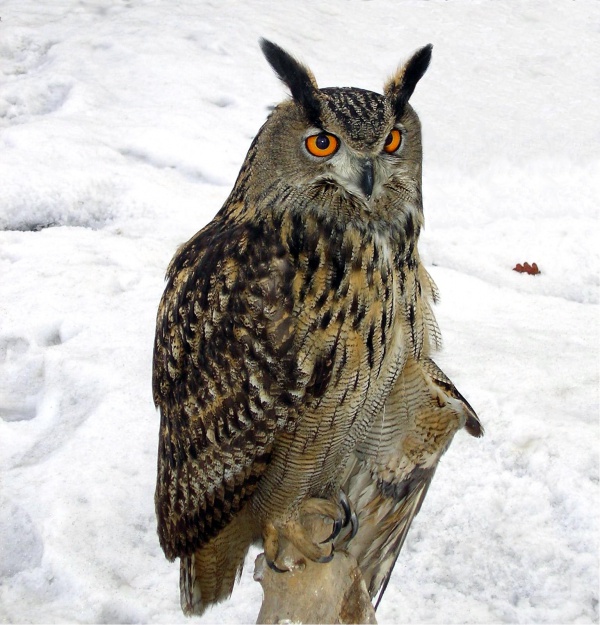
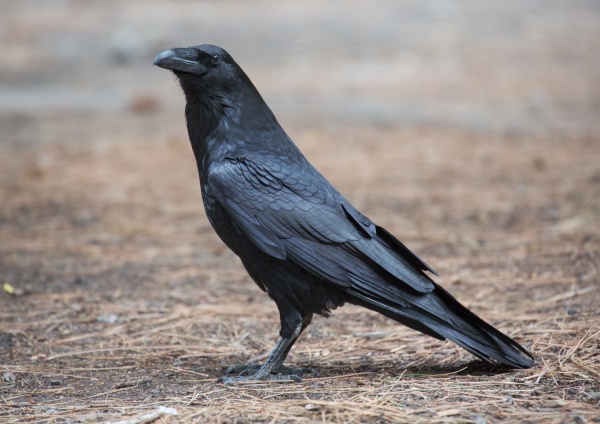
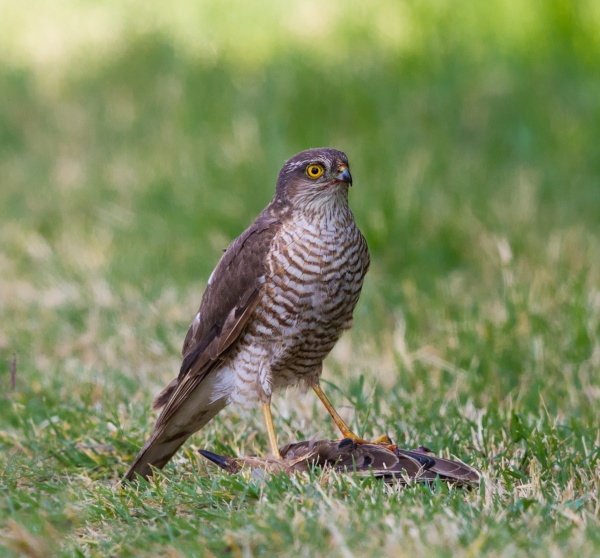
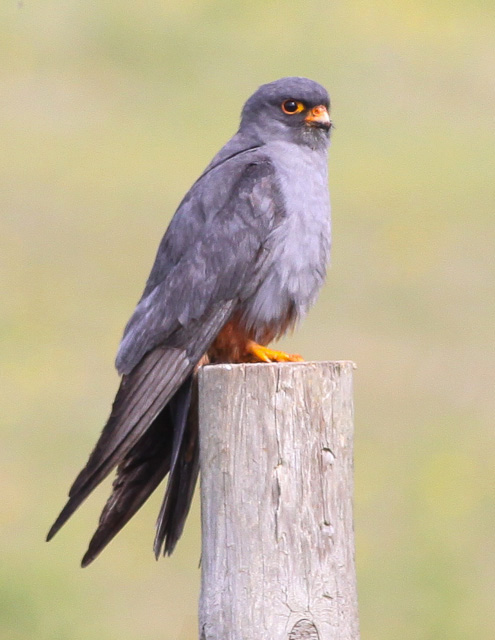
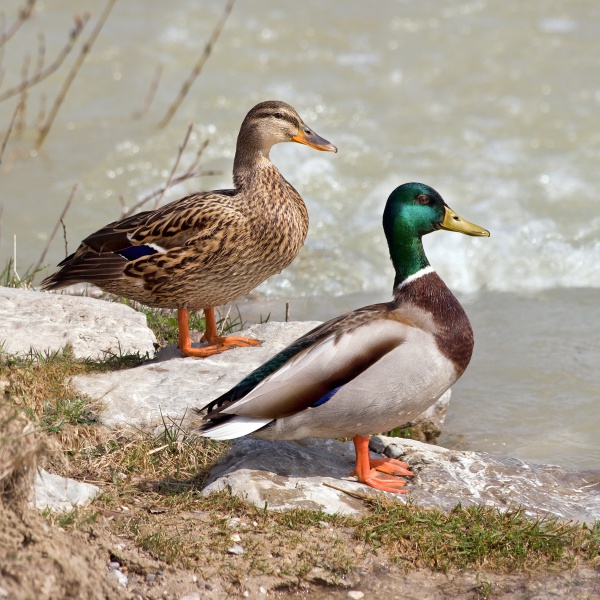
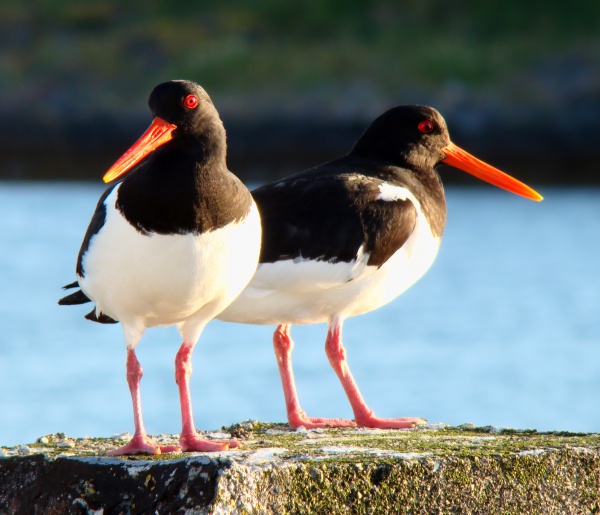
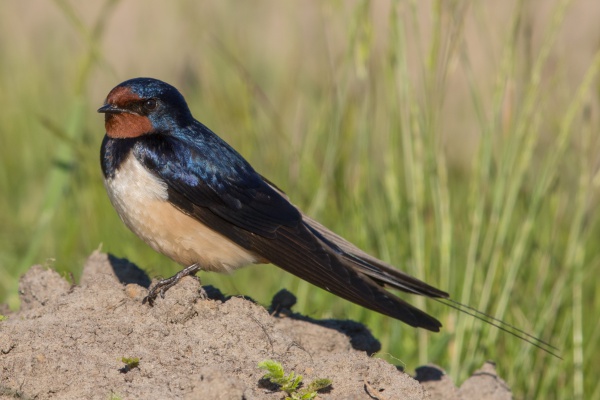
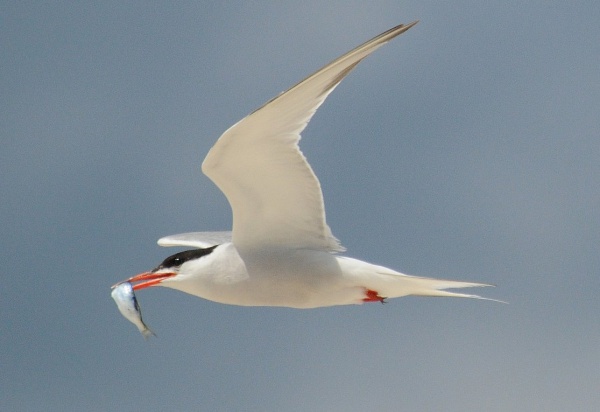
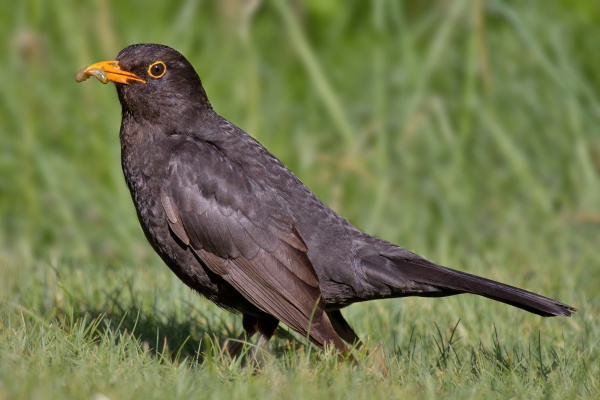

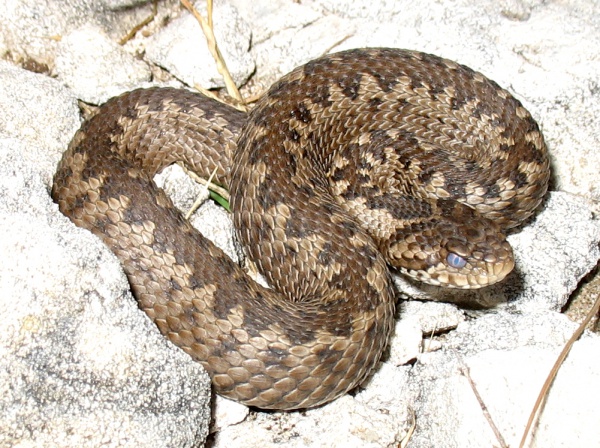
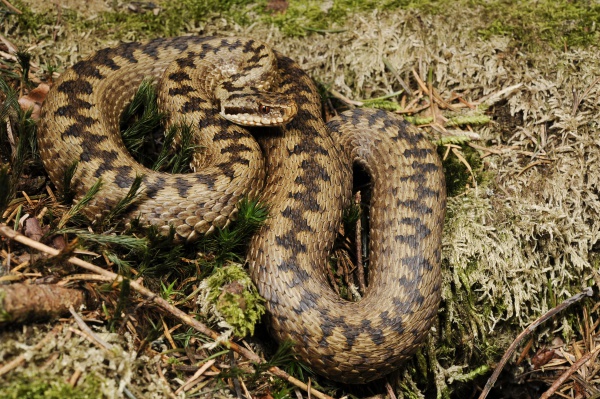
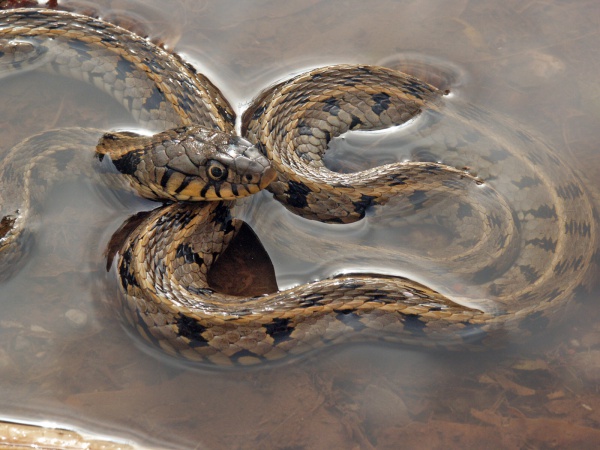
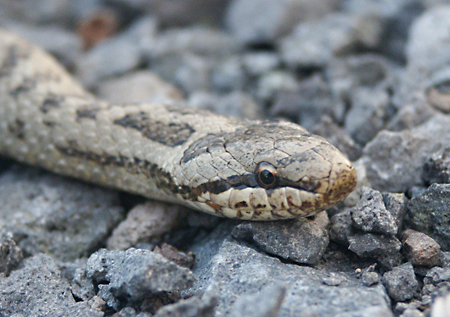
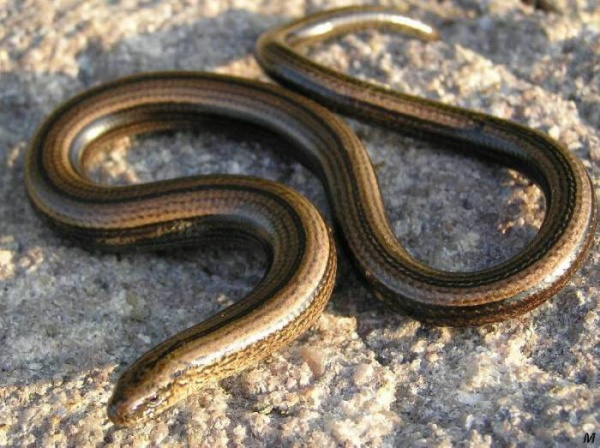
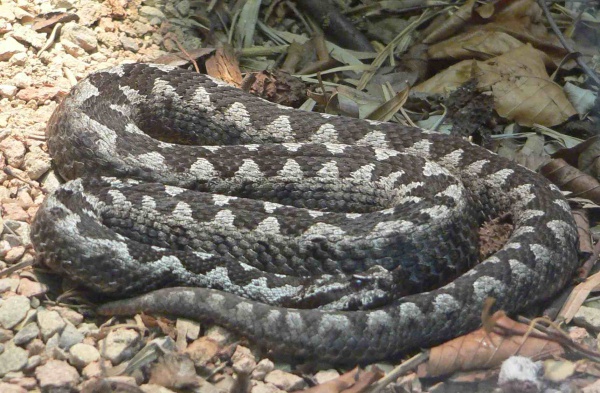
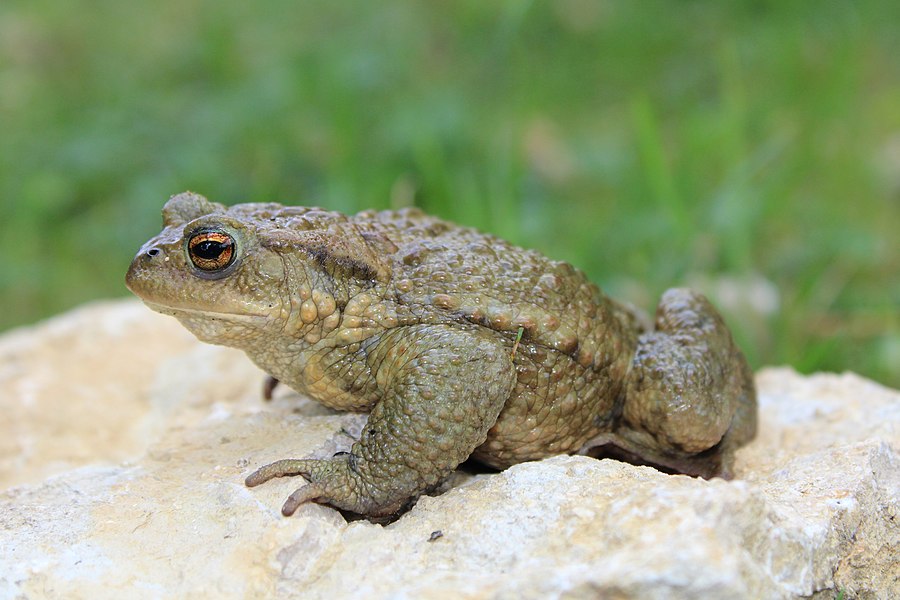
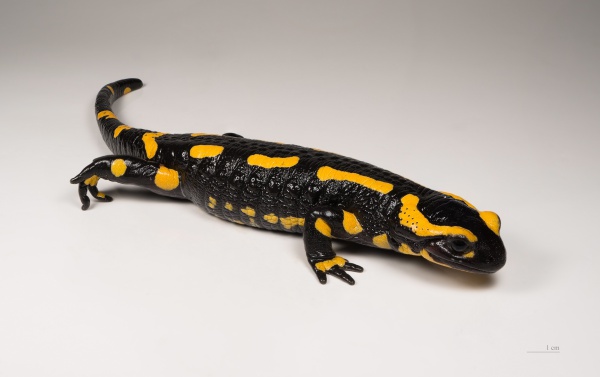
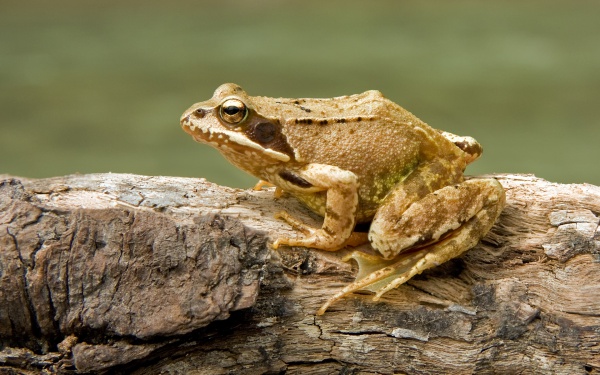
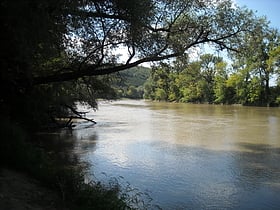
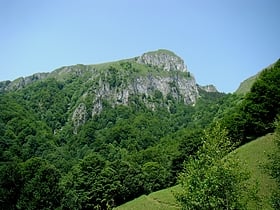
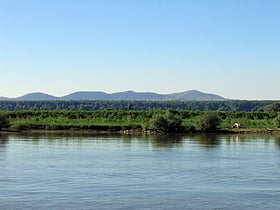
 Serbia
Serbia